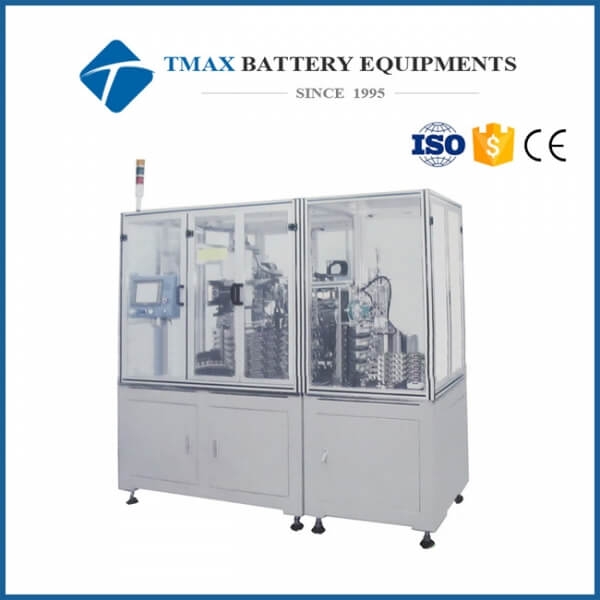- E-Mail : David@tmaxcn.com
- E-Mail : Davidtmaxcn@gmail.com
- : No. 39, Xinchang Road, Xinyang, Haicang Dist., Xiamen, Fujian, China (Mainland)
Building a prismatic cell assembly plant requires careful planning and consideration of several key factors. Here's a step-by-step guide on how to establish a prismatic cell assembly plant:
Market Analysis: Conduct a thorough market analysis to understand the demand for prismatic cells in various industries such as electric vehicles, energy storage systems, consumer electronics, and more. Evaluate market trends, competition, and potential growth opportunities.
Facility Design: Determine the required space and layout for the assembly plant based on production capacity and equipment needs. Consider factors such as production flow, safety regulations, material handling, and utility requirements (electricity, water, ventilation, etc.).
Equipment and Technology: Identify and procure the necessary equipment and machinery for prismatic cell assembly. This includes electrode coating machine, electrode stacking machine, electrode ultrasonic welder, electrolyte filling machine, testing and quality control equipment, and packaging machinery. Select reliable suppliers who can provide advanced technologies and ongoing technical support.
Quality Control and Testing: Establish rigorous quality control measures at each stage of the assembly process. Implement testing protocols to ensure the performance, reliability, and safety of prismatic cells. This includes capacity testing, voltage testing, internal resistance measurement, cycle life testing, and safety testing.
Workforce and Training: Hire and train a skilled workforce proficient in prismatic cell assembly processes. Provide comprehensive training on equipment operation, safety protocols, quality control procedures, and production efficiency. Foster a culture of continuous improvement and empower employees to contribute to process optimization.
Supply Chain Management: Build strong relationships with suppliers of raw materials such as electrode materials, separators, electrolytes, and packaging materials. Ensure a reliable supply chain to avoid production disruptions. Implement efficient inventory management systems to optimize material procurement and minimize waste.
Safety and Environmental Considerations: Prioritize worker safety by implementing safety protocols, providing personal protective equipment (PPE), and conducting regular safety audits. Implement environmentally-friendly practices, such as proper waste management and recycling measures, to minimize the plant's environmental impact.
Regulatory Compliance: Adhere to local, regional, and international regulations governing the production and handling of prismatic cells. Obtain necessary certifications and approvals, such as ISO standards and safety certifications, to ensure compliance and build customer trust.
Continuous Improvement: Establish a system for continuous process improvement. Regularly assess production efficiency, identify bottlenecks, and implement measures to enhance productivity and reduce costs. Stay updated on industry advancements and new technologies to remain competitive in the market.
Collaboration and Partnerships: Foster collaborations and partnerships with research institutions, universities, and industry organizations to stay at the forefront of prismatic cell technology. Explore opportunities for joint research and development projects, knowledge sharing, and access to emerging technologies.
Building a prismatic cell assembly plant requires a comprehensive approach, combining technical expertise, efficient processes, quality control, and a focus on market demand. By carefully planning and executing each step, you can establish a successful prismatic cell assembly plant capable of meeting the growing demand for advanced energy storage solutions.
 ru
ru English
English











 +86 13174506016
+86 13174506016 David@tmaxcn.com
David@tmaxcn.com

